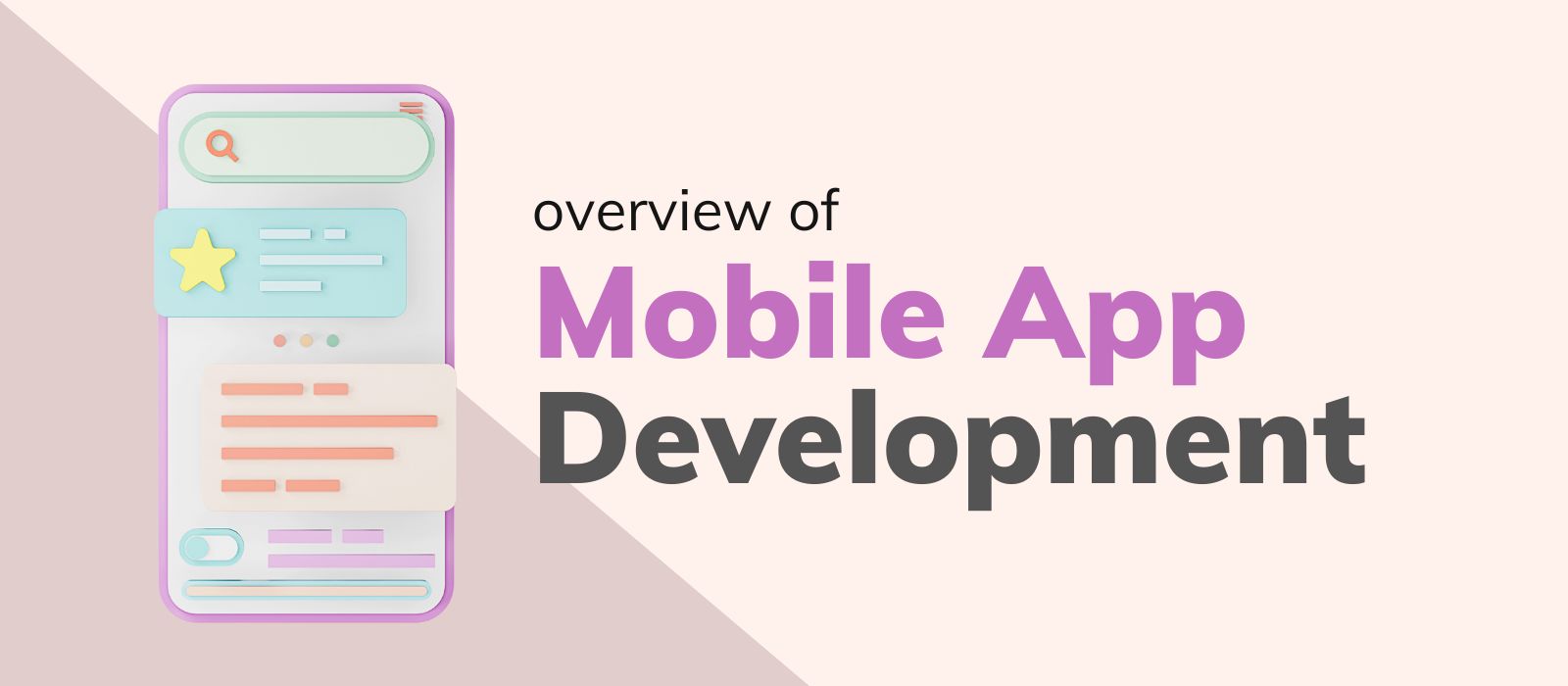Mobile app development has become a crucial aspect of modern business and technology. With the rise in smartphone usage, businesses and individuals are capitalizing on the immense potential of mobile apps to reach and engage with their target audience. In this comprehensive guide, we will walk you through the step-by-step process of mobile app development from ideation to deployment and beyond.
- Idea and Planning: The first step in mobile app development is defining the purpose and goals of your app. Identify your target audience, conduct market research, and analyze your competitors. This information will help you shape your app’s unique selling points and core features. Create a detailed plan and define the scope of your project to ensure a smooth development process.
- Wireframing and Design: Once you have a clear vision for your app, it’s time to visualize its user interface (UI) and user experience (UX). Create wireframes or prototypes to map-out the app’s structure and navigation flow. Design the interface elements, including layouts, colors, typography, and graphics, while keeping the design intuitive and visually appealing.
- Development: Choose the appropriate programming language and framework based on your app’s requirements. For iOS, you can utilize Swift or Objective-C with Apple’s development tools (Xcode). For Android, Java or Kotlin with Android Studio are popular choices. Write code to implement features, integrate APIs, and handle data storage. Consider using cross-platform frameworks like React Native or Flutter to streamline development and target multiple platforms simultaneously.
- Testing: Thorough testing is vital to ensure your app functions flawlessly across different devices and operating systems. Conduct functional testing, UI testing, and compatibility testing to identify and fix any bugs or issues. User feedback and beta testing can provide valuable insights for further improvements. Aim for a polished and seamless user experience.
- Deployment: Prepare your app for release by creating developer accounts on the relevant app stores (e.g., App Store for iOS, Google Play Store for Android). Adhere to platform-specific guidelines and requirements, such as providing accurate metadata, high-quality screenshots, and appealing icons. Upload the app binary and submit it for review. Once approved, your app will be available for download by users.
- Distribution and Maintenance: Once your app is live, actively monitor user feedback and analytics to gather insights and identify areas for enhancement. Regularly release updates to add new features, address bugs, and ensure compatibility with new devices and operating system versions. Continuously optimize your app to provide an exceptional user experience and retain your audience.
It’s worth noting that mobile app development can be a complex and time-consuming process. Many businesses and individuals choose to work with professional app development teams to ensure a high-quality end product. Additionally, leveraging cross-platform frameworks like React Native or Flutter can help streamline development by allowing you to write code once and deploy on multiple platforms.
if you need professional help with building your mobile app then feel free to reach out to us and we would love to help you design, develop, host, publish and market your app. You can contact us by emailing to info@innovo.au or submiting our contact form by clicking here.



